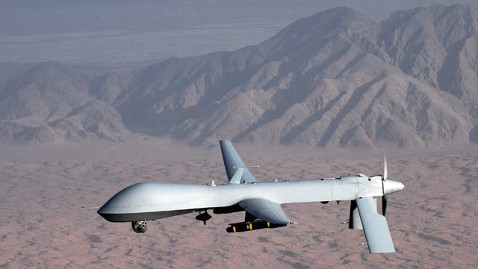Most people think of airport security as their walk through the metal detector and the eyeballing by transportation security officers (TSOs). Dan Liddell, whose job it is to protect the flying public at seven airports in central New York, instead sees 17 zones of worker responsibility and hundreds of different tasks.
In pursuit of safeguarding the public, Liddell, a federal security director based in Syracuse, has written a book that is now used to train TSOs. It’s called the “National Standardization Guide to Improving Security Effectiveness.” Tasks at each duty area have been inventoried and cataloged, and the “knowledge, values and skills” associated with the airport security jobs have been identified under what Liddell describes as a systems approach to training.
As important as it is to use X-ray machines and explosive trace-detection equipment and to have the correct rules and procedures in place, Liddell said transportation security relies on the skills of the people responsible for it.
“People performance is the cornerstone,” he said. “When I set out to improve things, I look at the people. I look at their proficiency, their skill in doing something and how well they’re doing that job.”
Even when people have the skills to do their jobs, they don’t necessarily do them well each time, especially when conditions can vary with each day and every passenger. To keep performance high, TSOs are tested covertly at unexpected times. A banned item will be sent through a checkpoint and the reaction and activities that take place are monitored.
Whether or not TSOs spot contraband, everyone at that checkpoint during the test participates in an “after-action” review. “It’s the learning experience that’s relevant,” Liddell said. “We’re doing a review of actual performance and you can always improve.”
Liddell is sensitive to the pressure that airport security personnel face. TSOs have the tough of performing multiple tasks under constant camera surveillance and public scrutiny, often interacting with tired or irritated travelers. The testing and training helps them continually up their game.
Thirty airports around the country that helped test the training system and now use a version of it. Paul Armes, federal security director at Nashville International Airport, was interested in creating such a system with a colleague when they both worked in Arizona, but it “never got traction.”
When he learned about what Liddell was doing, he was eager to participate. “Typical of Dan, he built it himself and practiced it so he had hard metric results, and then he started reaching out to some of us, working with his counterparts around the country to get a good representative sample,” Armes said. “He sees things others don’t see sometimes and he has the capability to drill down into the details.”
Liddell began the “pretty long process” of analyzing how people were performing at checkpoints in 2009. He sat down with subject-matter experts to produce the task inventory he now uses. In 2010, he improved the review and reporting process that occurs after covert tests events and instituted the security practices he refined at the other New York airports he oversees, including Greater Binghamton, Ithaca and four others. “I love breaking it down,” he said. “I’ve got a quest for improvement.”
In a less sneaky version of the television show, “Undercover Boss,” Liddell went through the new-hire training program for his employees to understand as much as he could about the jobs and the training provided for them, he said.
If pursuing knowledge is in Liddell’s genes, it may be because his parents were both in education. His father was a high school principal and his mother was a fifth-grade teacher. His teaching manifested itself instead in the training realm, where he strives to educate security employees as effectively as possible, inside the classroom and out.
“It’s always a challenge to meet that right balance of really great effectiveness and really great efficiency,” he said. “There are always challenges. It’s what gets me up in the morning, trying to improve.”
This article was jointly prepared by the Partnership for Public Service, a group seeking to enhance the performance of the federal government, and washingtonpost.com. Go to http://washingtonpost.com/wp-srv/politics/fedpage/players/ to read about other federal workers who are making a difference.










